Today we tell you the story of the long-term missions in Sardinia, where our brothers have been spreading the Vincentian charism for years!
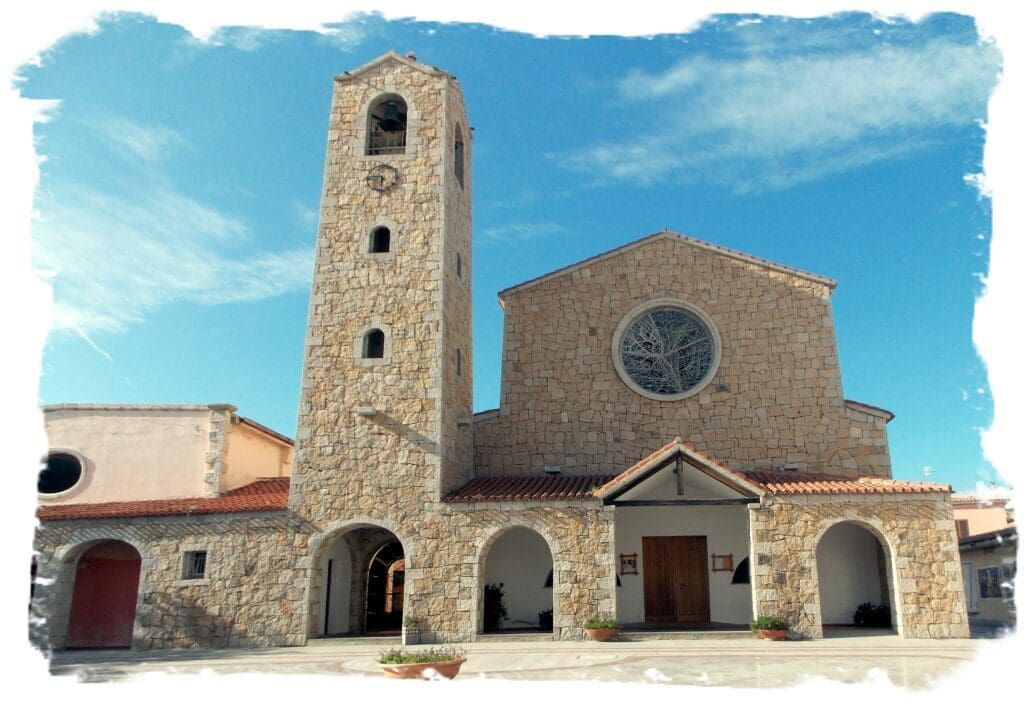
Since the early years of the last century, the Mission House in Sassari has always identified itself with preaching missions to the people, as was already the case throughout Italy. It was the Servant of God Father Giovanni Battista Manzella (1855-1937) who decisively undertook them in 1904, while working as spiritual director at the city’s Theological Seminary. The following year, however, he committed himself to this new full-time ministry, also involving other confreres. Thus he wrote about it a year before his death:
“There were only a few missions a year; the missionaries were always at home; you found time to go for a walk every day. When I came to government, the whole year we were on mission...”[1] . And a few months later, he reiterated: “Before, there were only three or four missions a year, at most, while when I came to the superiorate, we were always on mission … The Company of Charity was founded in the missions …” .[2]
In the years 1957-1965, the ‘missions of the POA (Pontifical Works of Assistance)‘ were also added, whereby the missionaries stayed in Tempio Pausania from October until the following May, mostly in rented houses. They spiritually cared for the abandoned populations of Gallura and Anglona, sending periodic reports to the same POA. Frs. Spirito Raffaele and Cubeddu Candido were involved. In 1959-1960, the young Father Giuseppe Toscani also participated with great dedication. That missionary year remained indelibly in his heart for the rest of his life, and he always spoke of it with enthusiasm and also with nostalgia.
A new ‘long-term mission‘ modality in the Diocese of Tempio, with a pastoral commitment initially of one year in each parish, was initiated in 2000 by Visitator Fr Bruno Gonella and confirmed in 2003 by Visitator Fr Erminio Antonello. The protagonists were myself as priest and deacon Fr Tonino Secchi (1958-2019). In 18 years (2000-2018) we worked in 12 parishes, in each with specific modalities.
Valledoria
In 2000-2001 in Valledoria, with the help of the old parish priest, an entire pastoral year was planned with a missionary character, focusing above all on the co-responsibility of the Laity, the protagonists of a “parish mission” in Lent 2001, in which the Children’s Daily Prayer Meetings were developed above all, both before school and in the afternoon, for fifteen days. The Centres for Listening to the Word of God in families throughout Lent were also successful. Finally, the Confraternity of the Holy Cross was given a boost in view of the Passion celebrations during Holy Week. In this way we prepared for the arrival of a new parish priest.
Erula
In Erula (2001-2002), given the particular territorial configuration, the parish life was revitalised above all, with a special focus on the Sunday Eucharist in all its hamlets, the spiritual care of the elderly and the sick in the vast territory, and families, with special attention to Children, Youth and Young People. Above all, the school pastoral work desired and implemented in full cooperation with all the teachers was very effective. Thus families, school and parish became a fully active, reconstituted and visibly united community.
S. Maria Coghinas
In 2002-2003, we were engaged in S. Maria Coghinas. Taking over from the old parish priest, the programme already carried out in Valledoria was repeated, with the enrichment of the youth pastoral of Erula in a small hall adjacent to the church and inaugurated by us. A fine liturgical choir of children and young people was started, and the numerous Confraternity of the Holy Cross for men and the Confraternity of the Rosary for women was established, with intense participation and animation in the rites of Holy Week.
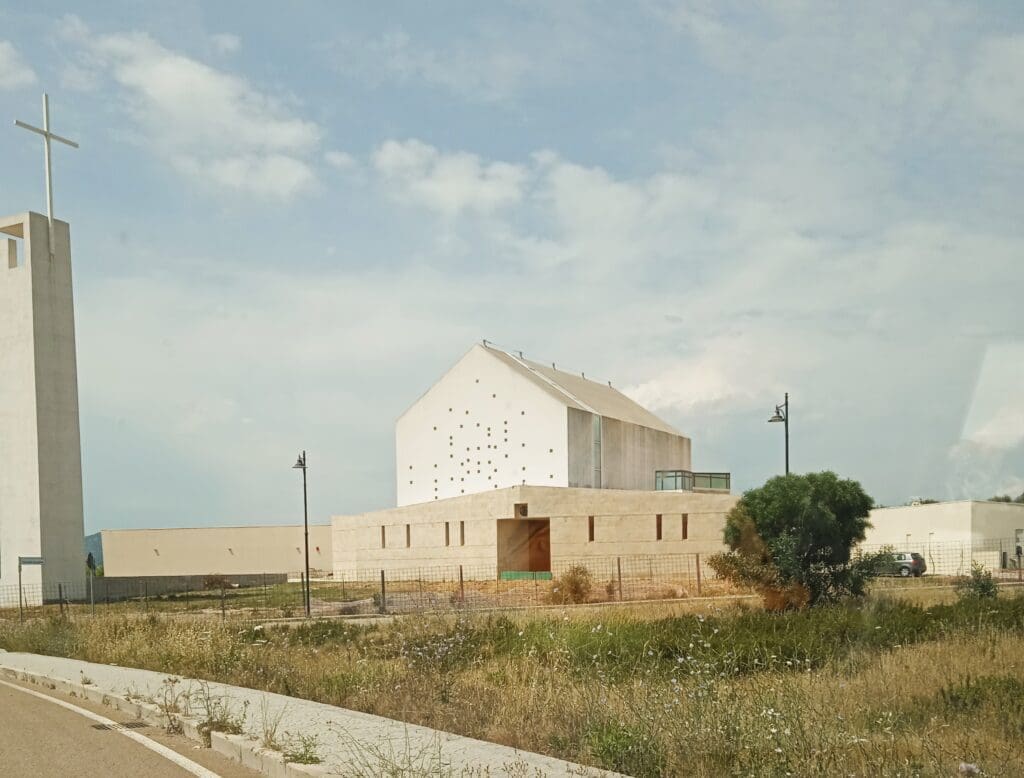
Olbia
The pastoral year in Olbia-S. Famiglia (2003-2004) we were asked to provide missionary help to the seriously ill elderly pastor. Assisted by a few permanent Deacons, we particularly enjoyed the District Listening Centres held during Lent, which were repeated the following year by the new pastor with the Deacons. In addition to the parish, every week we also ensured Sunday Mass in the hamlets of Loiri and Porto san Paolo, also providing monthly communion to the sick and elderly.
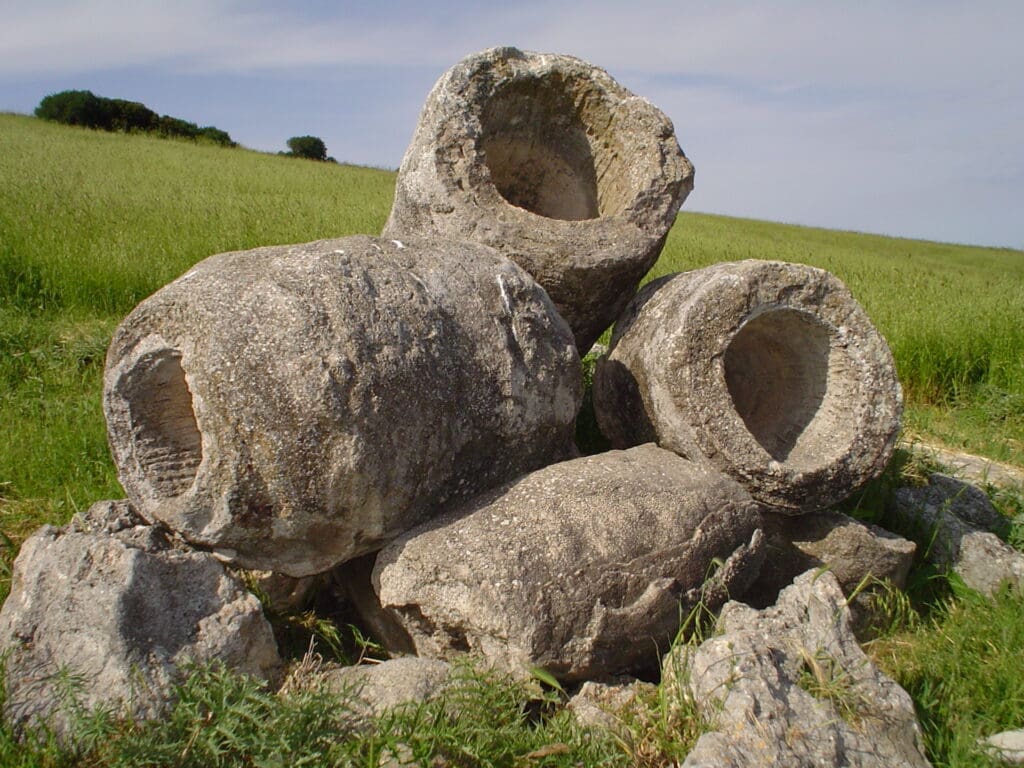
Laerru and Martis
With Laerru and Martis (2004-2007), we began the assumption of two parishes together, working there for three consecutive years. We were concerned with revitalising the two communities, fitting in with the considerable effort of liturgical pastoral work already impressed upon them by the previous parish priest.
Martis was the hometown of our Fr. Giovanni Razzu (1936-2024), a lifelong resident of Madagascar, whose granddaughters formed the core of the parish animation. The community of around 650 souls was very close-knit and attended regularly, also thanks to the two men’s Confraternities of the Holy Cross and the Rosary, always present at festive celebrations and also at all funerals. In the third pastoral year, during Lent, we were able to enrol around fifteen young people, all aged between fifteen and twenty-five.
In Laerru, some 1100 inhabitants, we further insisted on the centrality and attendance of Sunday Eucharist and reorganised Catechists for Children and Boys, extending their attendance to the entire school year. We initiated the Liturgical Choir there and reconstituted the Confraternity of St. Cross for men, which had been extinct for many years. We also encouraged the already existing ‘Society of Souls‘, which guaranteed free funerals to all members. The whole village belonged to it. It was a fine social initiative that had already been in operation for a long time.
In both countries, at Easter time we resumed the Blessing of the Families, which had not taken place for many years, and in May we held the Peregrinatio Mariae with the community rosary in the local families.
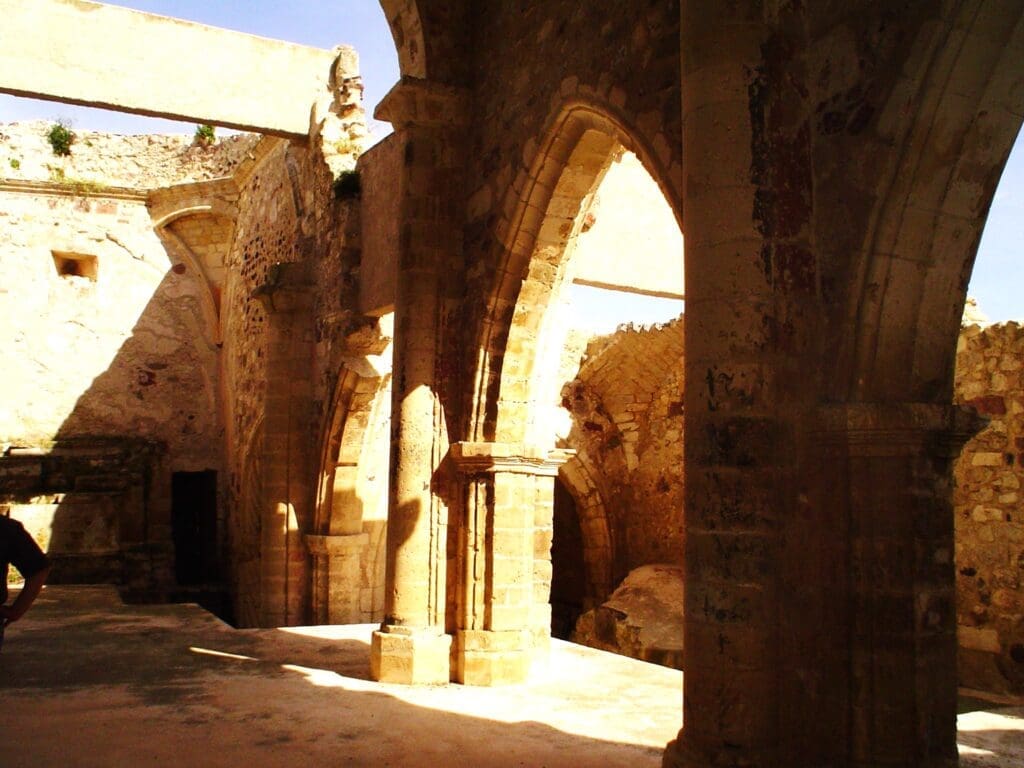
Trinità d’Agultu and Sedini
In the three-year period 2007-2010 we are in Trinità d’Agultu and Sedini,
In the latter country, we took over the excellent pastoral organisation initiated by our predecessor pastor, with systematic weekly meetings for the catechists, liturgical and charitable groups. There was also an effective collaboration of the laity in financial management. In the third missionary year, this parish was led by Fr Beltrando Pier Carlo, who had come from the continued mission in Friuli and was about to leave for the mission in Curitiba.
In Trinità d’Agultu, where there was also a fervent and willing community, we inaugurated the premises of the new Oratory, which became the venue for catechisms, youth activities, and meetings of various adult associations. < The editorial office of the parish periodical was also established there, and not only that.
Our pastoral work also extended to the many hamlets in the area, with the country churches of St Mary of Vignola, St John the Baptist in Lu Colbu and the Nativity of Mary in La Paduledda.
A real highlight of our missionary presence was the establishment of the Holy Cross and Rosary Confraternities, culminating in the Holy Week celebrations of 2010. The Brotherhood of St. Cross was initially formed among young men and men who were mainly bar-goers, almost allergic to religious celebrations. The patience and friendship of Father Tonino Secchi managed to move them by bringing them back to church and the sacraments. Thus Holy Week in that third missionary year bore witness to the miracle of Grace, which had inwardly transformed these men. The joy of some mothers at the conversion of their son was also expressed in joyful tears: “You have brought my son back to church!“. The confraternity was further perfected with a canonical regulation and still today, characterised by Gallura liturgical singing, accompanies all funerals and animates the celebrations of parish feasts.
Pastoral period in Olbia
In October 2010, we began a three-year pastoral period in Olbia. Bishop Sebastiano Sanguineti proposed to us the foundation of a new parish, already dedicated to St Ignatius of Laconi, in view of the imminent arrival of the Capuchin Franciscans, who were still engaged in Corsica and Spain.
Having found temporary premises in a 100 square metre room, we immediately began by visiting all the families in the Sa minda noa neighbourhood, with daily Mass in that small Cenacle and two other Sunday Masses in as many country churches in the area. We also immediately started Catechism for children and young people; a liturgical choir was soon formed for singing, and we took care of monthly visits to the elderly and sick.
The inhabitants of the district responded by participating enthusiastically in the parish initiatives. Thus, at the end of the first pastoral year, we were already able to celebrate the patron saint St Ignatius with an artistic wooden statue, made by the Perathoner company from Ortisei, in the Trentino region, with a solemn procession through the neighbourhood.
The second year was dedicated not only to the pastoral work already started, but also to preparing a plan for the new church to be built: the bishop wanted us to take part in the national competition for three new churches: with trips to the CEI headquarters in Rome, with general indications on the model of the church desired by the population, and identification of the land for its construction. We emerged as the winner for a church in Central Italy, which included Sardinia. In the meantime, we also immediately started the municipal paperwork to build a temporary prefabricated hall that was now necessary for the ever-growing community of around 5,000 inhabitants.
At the end of the third year, the lively and functioning parish was handed over to the Franciscan fathers.
Cannigione and Bassacutena
From Olbia we were diverted to Cannigione and Bassacutena (2013-2017), a good 24 km apart. This was a hamlet of Tempio Pausania, while Cannigione belonged to the municipality of Arzachena, at the gateway to the Costa Smeralda.
In both parishes we had the difficult task of pacifying two communities with regard to their parish priests.
In Cannigione, an elderly, autocratic parish priest had been totally unconcerned about the social initiatives of a group of lay people, who wanted to collaborate with him: the beautiful oratorial hall had been closed for years, while the adult lay people had set up the ‘Manni e minori’ (‘Adults and Minors’) oratorial association in a room in the town hall. Upon our arrival, the elderly parish priest, already a long-time friend of ours, collaborated with us in the sacramental ministry of the Eucharist and Confessions, while residing in his own home. The ‘Manni e minori’ association was taken over by Fr Tonino for the activity of the parish oratory, which was once again open to all, children and adults alike, both in the communal premises in use and in the refurbished parish hall. Thus ‘Manni e minori‘ also became the patronal feast committee and was established as a ‘cultural association’ for further social initiatives.
In Bassacutena, too, the population and the parish priest were in open conflict: the church building with the rectory house were in the middle of renovation, which was, however, interrupted due to a lack of financial funds; only the small church and the adjacent parlour could be used as a parish office and for small gatherings. The rooms on the upper floor were unreachable due to the totally destroyed staircase and because they needed to be completely renovated. Moreover, in order to assert the parish property on the surrounding small square, he had not hesitated to uproot the shady plants, so necessary for some summer refreshment. Social coexistence had become impossible and, what is more, widespread in the press.
With a frequency of four days a week, we provided Eucharistic celebrations, catechism for the few children, monthly care of the sick and elderly, and frequent visits to families. Also in this Gallurese area, pastoral care of the many hamlets was a must, at least with the annual Mass on the feast days of the country churches of San Giacomo, Santa Maria and San Simplicio in Lu Macchjettu, San Lussorio and Santa Maria in Campo Rotondo. Finally, in the hamlet of Lu Mocu, Mass was weekly. There was even a funeral procession to the cemetery, a long way from the village and, what is more, along the state road: the population cared about it and wanted it.
Thus the parish community regained unity and pastoral vitality.
At the end of the three years, in 2016, the bishop told us: ‘In these three years you have transformed the two parishes: I want you to continue for one more year to consolidate them. And we stayed for a fourth year.
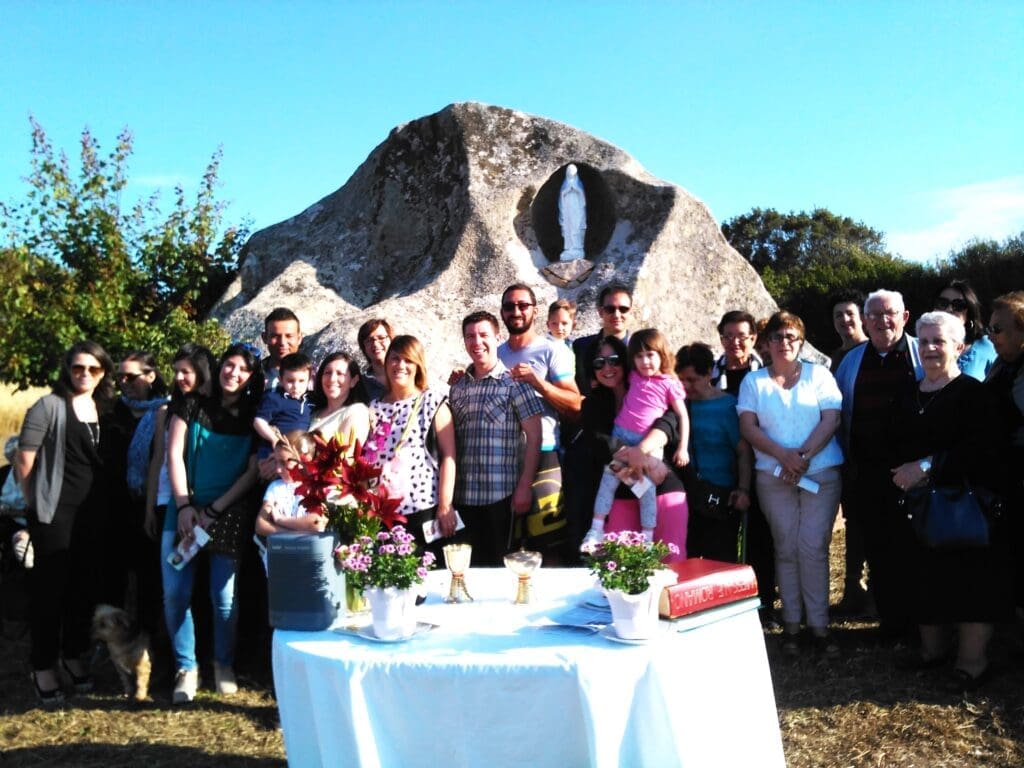
Sant’Antonio Gallura
In Sant’Antonio Gallura (2017-2018), after the transfer of the parish priest Monsignor Gian Franco Saba to the bishopric of Sassari, we were asked to replace him even if only for a year. In fact, the Visitator’s decision for our return to Sassari had also matured. Despite the commitment of a weekly day to dedicate to the Sassari community, we continued to animate the parish that had been entrusted to us. It was already well organised with the collaboration of a local deacon and several people already involved in liturgical singing, catechesis, and community morning prayer. It fell to Father Tonino to animate the Oratory.
Here, too, there was no shortage of hamlets to follow: Priatu with the small church of Our Lady of Montenero and La Crucitta with that of the Immaculate Conception, where Sunday Mass was celebrated; in others, annual feasts were celebrated and monthly visits to the sick were guaranteed: San Giacomo, San Leonardo, Sant’Elena and San Santino a Scupetu.
So for 18 years we have been retracing the missionary steps of our confreres of the ancient POA (Pontifical Works of Assistance), who were already working in Gallura and Anglona from 1957 to 1965.
So wrote Fr. Robert Maloney in 2002:
“One never knows whether one is about to create something new. In fact, St Vincent was certainly not aware that the seeds he was sowing would one day become great trees … What I mean is this: creative, inventive beginnings are not usually recognised until later, when they have taken on their full dimension as new works. The seed does not reveal all its beauty until the tree has blossomed. So I say to you today: sow numerous grains. Open your ears to new ideas, as St Vincent’s were.
Take them and use them yourself. Support the new initiatives of others. In these challenging times, encourage creativity, and be courageous and persevering in realising innovative ideas…”[3] . (Fr Robert Maloney).
For Father Tonino Secchi and me, this almost 20-year experience of ‘long missions‘ has been a fine attempt to update the traditional ‘popular missions‘ according to the pastoral needs of today’s Church, in ways that are still susceptible to new developments.
P. Pietro Pigozzi, cm

BASSACUTENA RELIC BEATA NICOLI
_____
[1] Letter to Eugenio Biamino, 21/11/1936.
[2] Letter to Eugenio Biamino, 10/03/1937.
[3] See Vincentiana, March-April 2002.

